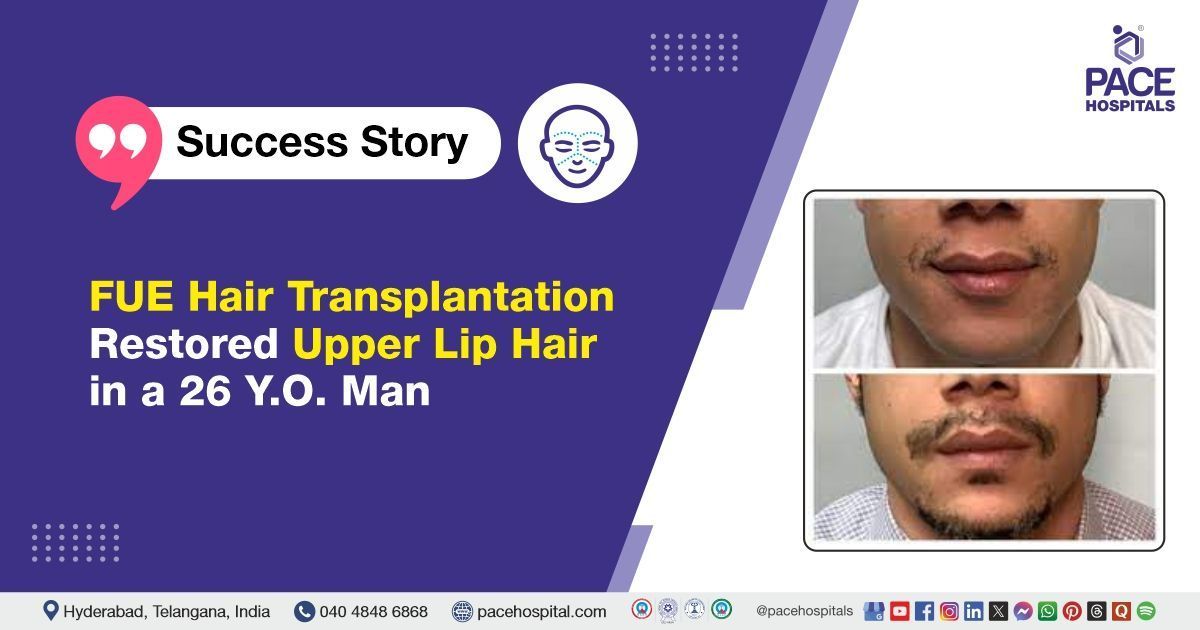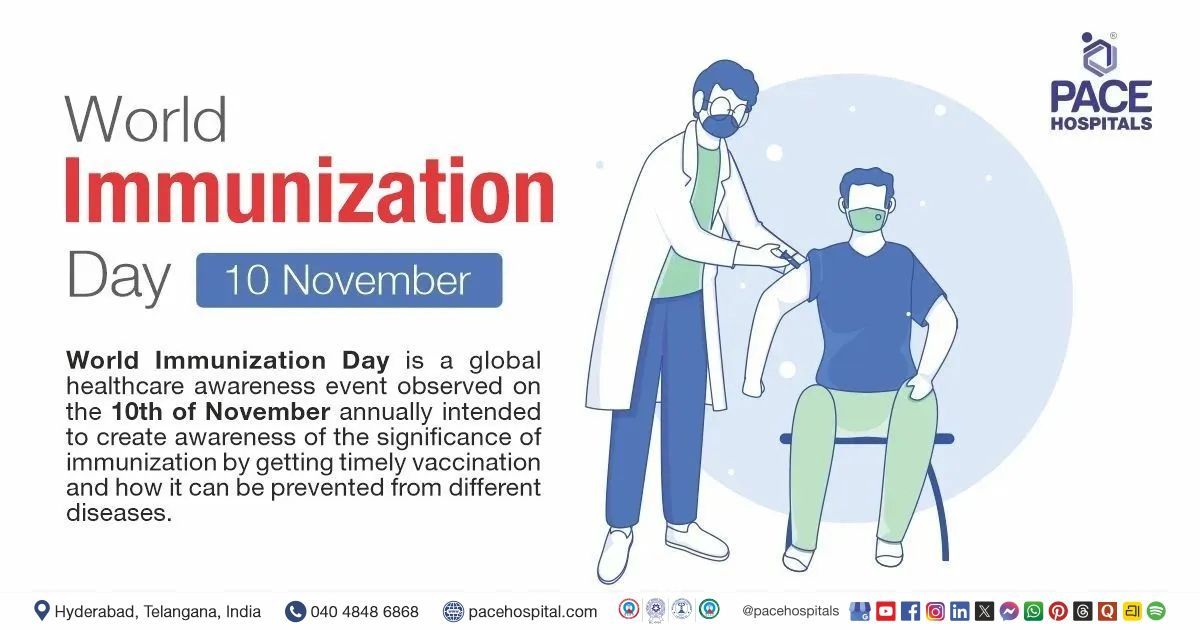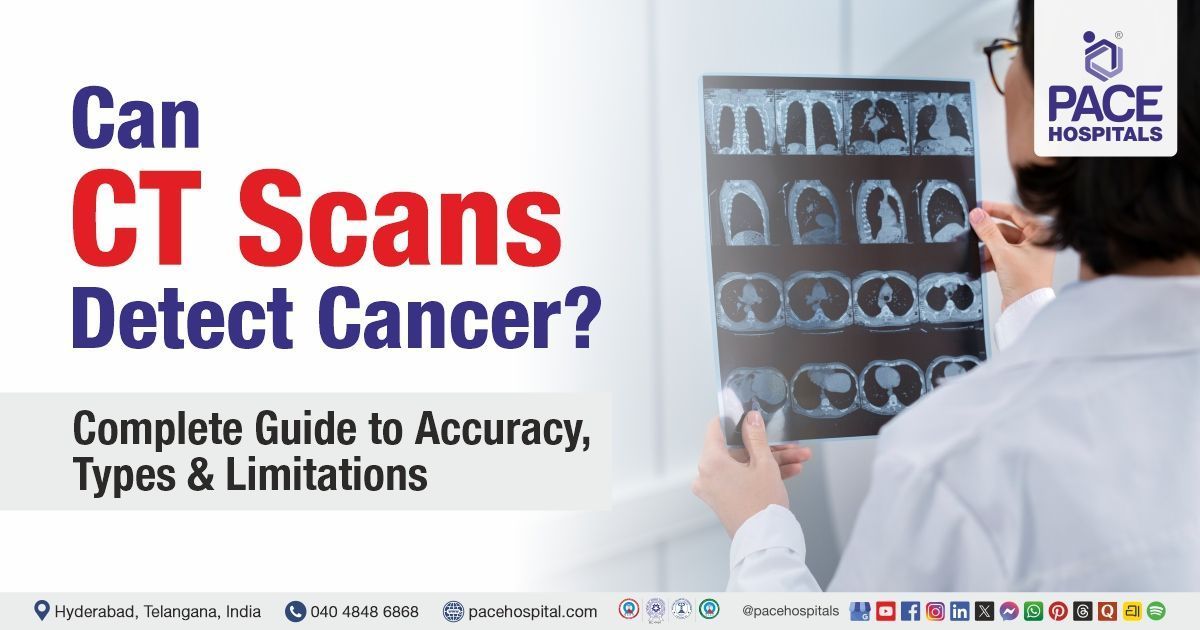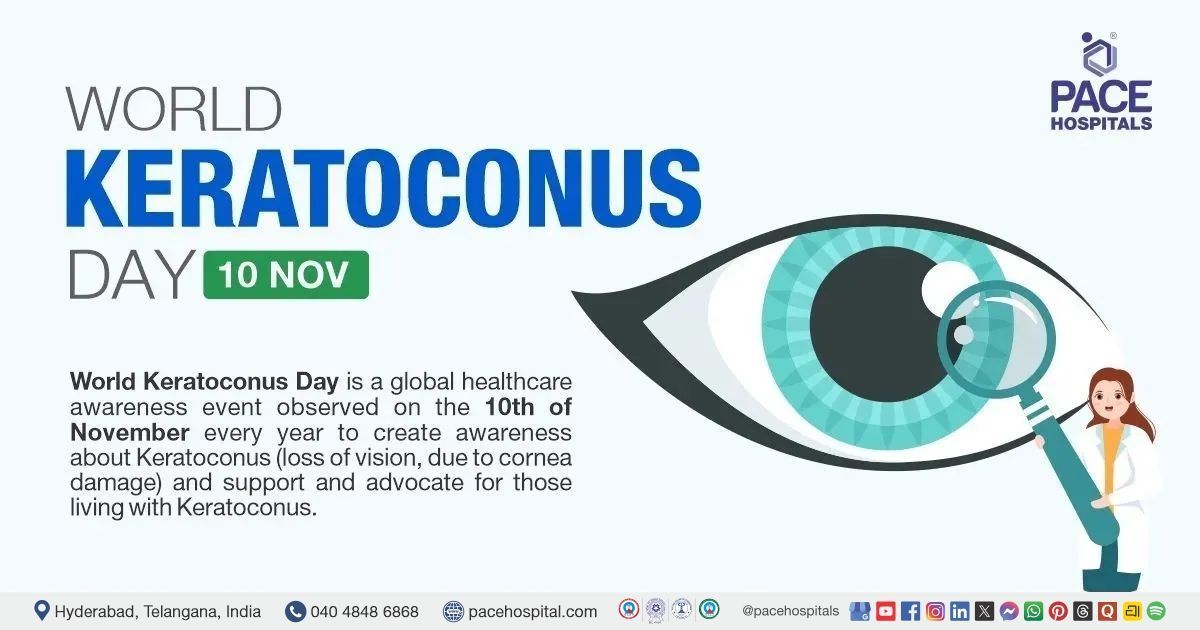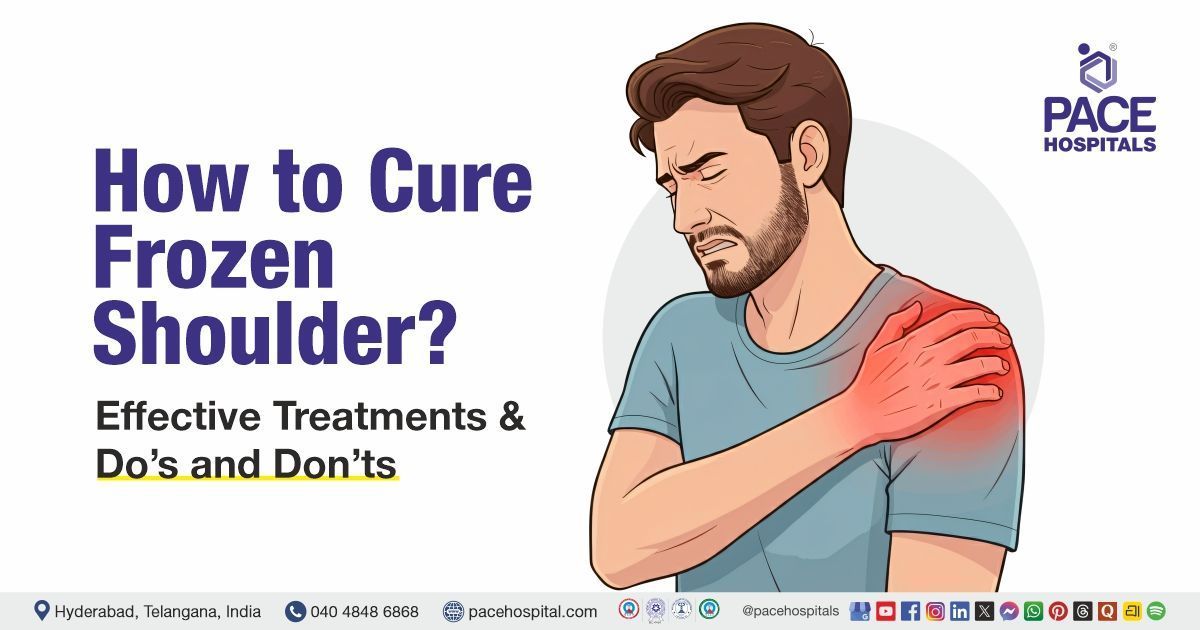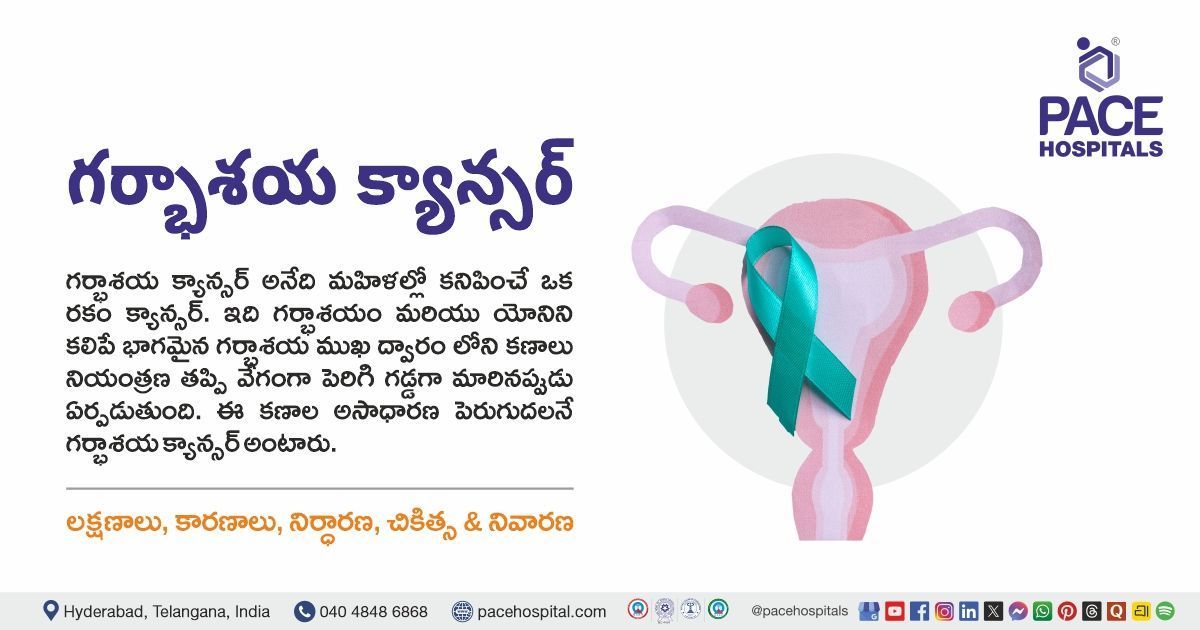FUE Hair Transplantation Restored Upper Lip Hair in a 26-Year-Old Man
PACE Hospitals
PACE Hospitals’ expert Plastic and Reconstructive Surgery team successfully performed
Follicular Unit Extraction (FUE) Hair Transplantation on a 26-year-old male patient who presented with scar alopecia (permanent hair loss) over the right upper lip. The procedure was performed to restore hair growth to the affected area, effectively addressing the patient’s cosmetic concerns and supporting improved confidence and appearance.
Chief complaints
A 26-year-old male patient with a
Body Mass Index (BMI) of 24 presented to the Plastic and Reconstructive Surgery Department at
PACE Hospitals, Hitech City, Hyderabad, with a chief complaint of scar alopecia (permanent hair loss) over the right upper lip. The patient expressed cosmetic concerns and dissatisfaction with the appearance of the upper lip, which had not improved despite two previous sessions of hair transplantation.
Past Medical History
The patient had no known medical illnesses such as
diabetes,
hypertension, or chronic diseases, and no known drug allergies. He had a history of two prior hair transplantation sessions and scar revision surgery for the same region. A detailed medical history was obtained, focusing on the onset, progression, and possible causes of hair loss over the right upper lip, including any past trauma, surgery, infections, and family history.
On examination
Upon admission, the patient was conscious, coherent, and cooperative. He was afebrile, with stable vital signs. There was no pallor, icterus, cyanosis, clubbing, lymphadenopathy, or pedal edema. Local examination confirmed smooth, shiny, hairless skin with visible scarring in the affected area, consistent with scar alopecia.
Diagnosis
The patient initially underwent a comprehensive clinical assessment at PACE Hospitals, which included a detailed medical history and thorough physical examination conducted by the plastic surgery team. During the evaluation, it was found that the patient had been diagnosed with scar alopecia (permanent hair loss) of the right upper lip. These findings correlated with the patient’s symptoms and confirmed the provisional diagnosis, helping the team to plan the appropriate surgical intervention.
The patient’s symptoms and examination findings were carefully reviewed to exclude other potential causes of hair loss, such as infections, autoimmune diseases, or nutritional deficiencies. No evidence of pustules, active inflammation, or systemic symptoms was detected.
To support the clinical findings, and assess the extent of the patient's condition, a series of relevant investigations were conducted.
Diagnostic Tests:
- Hair Pull Test: Although it was primarily used for scalp conditions, a gentle hair pull test was attempted in the adjacent areas to assess the status of nearby hair follicles. In the scarred region, no hair was extractable, supporting the diagnosis of permanent hair loss.
- Dermoscopy: Dermoscopic evaluation was performed to visualize the skin surface and hair follicles. This revealed a lack of follicular openings and the presence of pale, atrophic skin, consistent with scar alopecia.
Based on the confirmed diagnosis, the patient was advised to undergo
Hair transplantation for scar alopecia of the right upper lip in Hyderabad, India, under the care of the Plastic Surgery Department, ensuring comprehensive cosmetic management.
Medical Decision Making (MDM)
Following a detailed consultation with
Dr. K.B. Lakshmi, Consultant Plastic, Reconstructive & Aesthetic Surgeon, a comprehensive evaluation confirmed that FUE (Follicular Unit Extraction) hair transplantation would be the most appropriate and effective strategy to restore hair growth in the scarred upper lip area.
Surgical Procedure
Following the decision, the patient was scheduled to undergo FUE (Follicular Unit Extraction) hair transplantation in Hyderabad at PACE Hospitals under the supervision of the expert Plastic and Reconstructive Surgery Department. The following steps were carried out during the procedure:
- Preoperative Preparation and Anaesthesia: The procedure was performed under local anesthesia, ensuring the patient’s comfort throughout. The surgical area was prepared under strict aseptic conditions; the upper lip scar region and the donor beard area were prepared with antiseptic solution and draped to maintain a sterile field.
- Donor Hair Extraction: Using a micro punch tool, a total of 60 hair follicles were carefully extracted from the patient’s beard region. This was done with precision to minimize trauma to the donor site and ensure optimal graft survival.
- Recipient Site Creation: The recipient area on the upper lip scar was prepared by making a series of tiny incisions with a fine needle or blade. These incisions were created at appropriate angles and spacing to promote natural hair growth and optimal cosmetic results.
- Graft Placement: The extracted follicular units were carefully transplanted into the prepared recipient sites on the upper lip scar. Each graft was placed with attention to orientation and depth to mimic natural hair growth.
- Hemostasis and Dressing: Hemostasis was achieved to minimise bleeding and promote healing. The surgical site was then covered with an aseptic dressing to protect the grafts and maintain hygiene, and the procedure was completed uneventfully.
Postoperative care
The patient was monitored postoperatively in the ward. The hospital stay was uneventful, during his hospital stay, he was treated with oral antibiotics and the the patient was discharged in a hemodynamically stable condition with the following instructions.
Discharge Medications
Upon discharge, the patient was prescribed oral antibiotics to prevent postoperative infections, a medication to reduce gastric acidity and protect the gastrointestinal tract, analgesics for pain relief, and a topical antibiotic ointment for local application to the donor area to prevent infection and support healing. This comprehensive regimen was tailored to ensure optimal recovery following the hair transplantation procedure.
Advice on Discharge
After the procedure, the patient was advised to regularly use a saline spray on the transplanted area as instructed by the medical team. It was recommended to avoid unnecessary movements of the upper lip to prevent dislodgement of the newly placed grafts. Additionally, maintaining a liquid diet and using a spoon for feeding were encouraged to minimise upper lip activity and support optimal healing and graft survival.
Emergency Care
The patient was informed to contact the emergency ward at PACE Hospitals in the event of any emergency or the development of symptoms such as fever, abdominal pain, or vomiting, swelling, redness, pain at the surgical site, or signs of allergic reaction.
Review and Follow Up
The patient was advised to return for a follow-up consultation with the Consultant Plastic, Reconstructive & Aesthetic Surgeon in Hyderabad at PACE Hospitals, after 2 days for further evaluation.
Conclusion
This case highlights the successful use of FUE hair transplantation for the management of upper lip scar alopecia in a young male, resulting in a satisfactory cosmetic outcome and a stable postoperative course. The procedure effectively addressed the patient’s cosmetic concerns and contributed to improved confidence and quality of life.
Dermoscopy as a Diagnostic and Predictive Tool in Facial Hair Transplantation Planning
Dermoscopy, traditionally used for diagnosing scalp conditions, played a pivotal role in this case by enabling a non-invasive, high-resolution assessment of upper lip scar alopecia. The examination confirmed the absence of follicular openings and revealed pale, atrophic skin—hallmarks of permanent follicular loss. This information was crucial for surgical planning, as it indicated poor regenerative capacity in the scarred tissue and the improbability of spontaneous hair regrowth. Dermoscopy also helped the Plastic surgeon/plastic surgery doctor evaluate the recipient site's viability for graft uptake and guided decisions on whether preconditioning treatments, such as microneedling or PRP, were needed to enhance vascularity and optimize graft survival. Thus, dermoscopy served not only as a diagnostic tool but also as a predictive aid for procedural success, making it an invaluable component of the preoperative workup in facial hair transplantation.
Share on
Request an appointment
Fill in the appointment form or call us instantly to book a confirmed appointment with our super specialist at 04048486868

